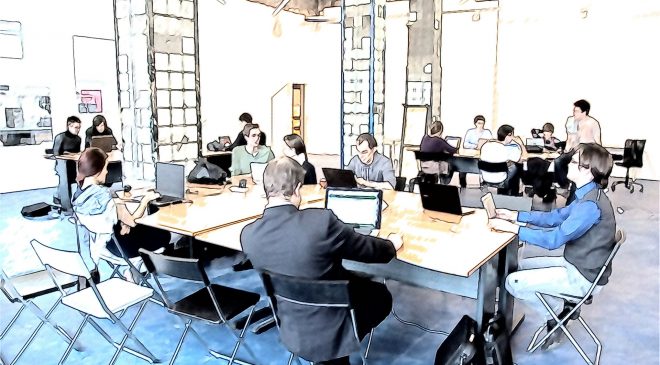Organizations are designing workflows and workplaces around holistic human needs
Employees who operate in human-centric work models – where they are seen as people, not just resources – are 3.8 times more likely to be high performing, according to a survey by Gartner, Inc.
The June 2022 Gartner global survey of more than 400 employees and leaders focused on employees at organizations that have already implemented new work models in advance of the end of the pandemic.
Human-centric work models encompass three guiding pillars: flexible work experiences, intentional collaboration, and empathy-based management.
In addition to increased performance, the Gartner survey revealed other benefits of employees operating in human-centric work models, including:
- 2 times more likely to enjoy high intent to stay
- 1 times more likely to see low levels of fatigue
“While many organizations have implemented a hybrid work strategy, the focus is still limited to one dimension: flexibility around where employees work,” said Graham Waller, vice president in the Gartner Executive Leadership practice. “To gain competitive advantage, organizations must go beyond location flexibility and place human beings at the centre of work, rather than treating them as secondary components of their work environment.”
Gartner’s survey tested five work approaches associated with location flexibility. Only the “flexible-hybrid” model, defined by a mix of on-site and remote work that allows employees some flexibility to choose where they work from, achieved significant talent outcomes.
Human-centric work design – comprised of flexible work experiences, intentional collaboration, and empathy-based management – surpassed “flexible-hybrid” in all outcomes. The study found that intentional collaboration increases the likelihood of high employee performance by 2.9 times, compared with just 1.6 times for even the best performing location model.
“Location-centric work designs are often rigid, which amplifies fatigue, degrades performance and drives employees away,” said Brent Cassell, vice president in the Gartner HR practice. “Leading organizations are designing workflows, work rituals and workplaces around holistic human needs – physical, cognitive, emotional – rather than forcing individuals to conform to legacy practices.”
Business leaders can implement human-centric work design by creating a hybrid work model that focuses on two areas:
Accountable Autonomy
“Underlying human-centric work design is the principle of giving employees and teams the autonomy to set their own work conditions, while holding them accountable for results,” said Waller.
Gartner research shows granting employees autonomy over how they do their work, and achieve the desired outcomes, pays dividends in overall performance. In fact, the Gartner survey found that employees who are allowed to decide when they work are 2.3 times more likely to achieve higher performance than employees without autonomy. Autonomy also reduces workers’ fatigue by 1.9 times – which is critical for sustaining performance over time – and increases employee loyalty.
“Accountable autonomy is not a free for all or an automatic right,” said Waller. “It’s a practice where leaders hold employees and teams accountable to deliver outcomes, rather than overfocusing on how they achieve those results.”
Incorporate Employee Perspectives
Employees who were able to provide strong input into their organization’s work design were 2.5 times more likely to achieve high performance and four times more likely to report lower fatigue.
HR leaders implementing new work designs must also account for evolving needs and change management.
“Leadership teams who view the post-pandemic work world as an opportunity to redesign how they operate can move their organization to a higher level of performance and stand a chance to win the competition for talent,” said Cassell.
Tags: DatacentreGartner





